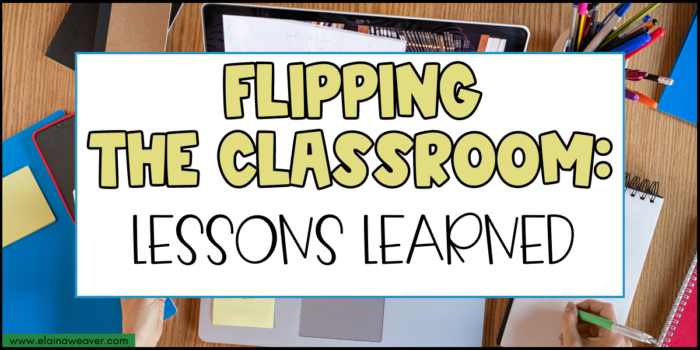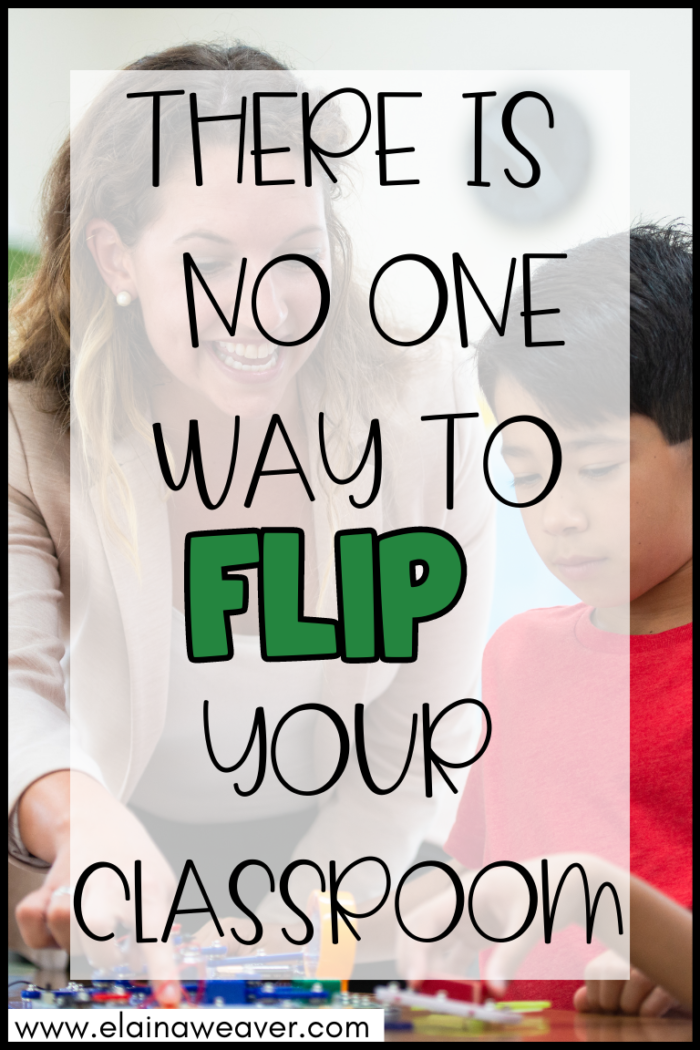If you have been in the classroom for a few years, I am sure you have seen a variety of trends come and go.
There is something you should know about me and educational trends.
I am a self-identified sparkly object chaser.
What do I mean by that?
Whenever a new trend comes around in education, I tend to get caught up in the excitement of it. Very rarely do I completely ignore the trend. I jump on the bandwagon faster than you can say bandwagon.
That little fact makes me chuckle because I am not usually a bandwagon person. I have never read or watched the Twilight series for no other reason than how popular it became. I was not jumping on that bandwagon just because everyone else did.
So the fact that I jump on almost every educational bandwagon shows how much I love my students. I want them to have the latest and greatest.
But I’m not sure I have ever felt so strongly about a so-called trend as I did about flipping the math classroom.
I knew what I was doing wasn’t working as well as I wanted. I believed flipping my classroom would provide more time for in-class practice. It was that belief that convinced me to jump all in.
I’m talking deep end, no life jacket, sink or swim, kind of jumping in. I would love to say I never looked back, and it went swimmingly all year.
But truth be told, there were times I barely kept my head above the water. Along the way, I learned some things about myself, chasing trends, and flipped classrooms in general that I am excited to share with you.

Flipping Your Classroom – Just Do It
My biggest lesson from flipping the math classroom was not necessarily a new lesson, but instead one I sort of relearned this year.
There will always and I mean always be negative nancys out there. You know who I’m talking about. Those people who are against every single trend. They never want to try something new. They never consider changing up what they are doing. Those people who try to drag you and your ideas down.
I was reminded this year that no one knows me and my students and our classroom better than I do. Just because someone else doesn’t understand what you are doing does not mean it’s not the right thing for you and your students.
I received push back from other teachers the moment I mentioned wanting to flip my classroom. They immediately started telling me why it wouldn’t work. I heard them loud and clear. And they caused me to question my decision a few times. But at the end of the day I had done my research and I believed in what I was doing. So I went for it. And now that I have a year under my belt I am so glad I didn’t listen to them. That I trusted my gut and went for it.
What is a Flipped Classroom?
There is no one right way to flip your classroom. When I first started thinking about flipping my classroom, I only knew about the traditional flip where students watched the videos and took notes outside of the classroom. All practice was done in the classroom. This was my goal as I knew it would provide us the most time for practicing in class. I was dreaming of daily choice boards and math stations. After a few weeks of doing this I realized it was not our best option. Could I have made it work? Maybe. But I quickly saw that my students would be better served by having class time to watch the videos and complete their notes. While this did cost us some time originally planned for practice, it allowed us to have consistency. It was the perfect solution for my first year of flipping the math classroom.

Flipped Classroom Pros and Cons
I feel like the pros far out weigh the cons when it comes to flipping your classroom. I shared a few of those pros in this post all about teaching with video. The pros were not surprising to me because they are the very reason I went all in with flipping my classroom this year. And I thought I knew all the cons. I thought I was prepared for them.
But there is one con that surprised me a bit.
As I mentioned earlier, I ended up using a non traditional flipped classroom where my students watched the video in class. While this was great because students could work at their own pace and rewatch the video as needed, it took away the interaction between myself and my students that usually occurs during that learning process.
As a teacher who prides herself on building relationships with students and connecting with them, I felt like that was lacking this year. While I don’t think it was due solely to flipping my classroom, I do believe it played a role.
This was a hard lesson to learn for me. I cried a few tears over it and honestly thought about throwing the flipped classroom model out the window. But as I said the pros far outweigh the cons. Knowing what I know now, I can do things to help strengthen those relationships next year.

